Data Collection
Data collection methods have become more sophisticated, allowing for the collection of real-time data and the integration of various data sources. This valuable information can then be used to identify patterns, detect trends, and make data-driven decisions that can propel the business towards success.
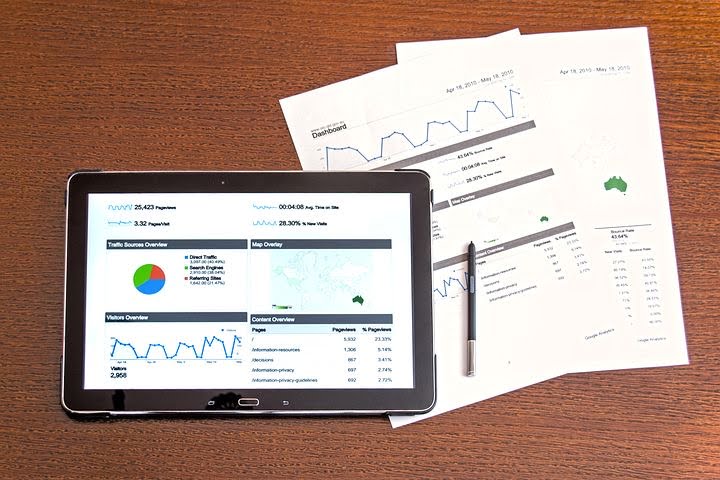
Chapter 1: What is it?
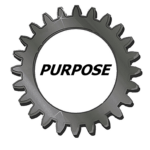
Data collection is vital in modern society as it enables us to gain insights and make informed decisions. Whether it is analyzing consumer preferences, studying process failures, or predicting market trends, data collection provides the foundation for evidence-based decision-making. By gathering and analyzing data, we can identify patterns and trends, uncover hidden correlations, and make accurate predictions, ultimately leading to improved outcomes and efficiency in various domains.
Chapter 2 : When do I use it?
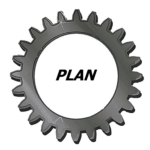
Data collection acts as a bridge between information and action, allowing organizations to transform raw data into meaningful insights that can shape strategies and drive success. By collecting data from various sources such as customer feedback, market research, and operational metrics, businesses can gain a comprehensive understanding of their target audience, market trends, and internal processes. This information can then be analyzed and utilized to make informed decisions, optimize operations, and identify new opportunities for growth. With the power of data collection, organizations can stay ahead of the curve, adapt to changing market dynamics, and drive innovation.
Chapter 3: How do I use it?
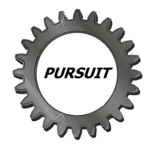
1. Define your objective: Start by clearly defining what information you need to collect and why. Be specific about the goals and outcomes you want to achieve through data collection. This will help you stay focused and collect only relevant data.
2. Choose your data collection methods: There are various methods available, such as surveys, interviews, observations, and data mining. Select the method(s) that align with your objective and target audience. Consider using a combination of methods to gather comprehensive data.
3. Develop your data collection tool: Depending on your chosen method, design a questionnaire, interview guide, or observation checklist. Ensure your tool is easy to understand, concise, and captures the required information accurately. Pre-test your tool to identify any areas for improvement.
4. Collect and organize your data: Implement your chosen data collection methods and keep track of the responses or observations. Store your data securely to maintain its integrity. Consider using digital tools or databases to streamline the organization and analysis process.
Chapter 4 :Why should I use it?
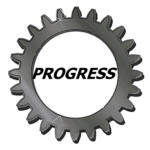
Data collection has the potential to revolutionize the way businesses operate. By gathering vast amounts of data from various sources, organizations can gain a deeper understanding of their customers, markets, and internal processes. This valuable information can then be used to identify patterns, detect trends, and make data-driven decisions that can propel the business towards success. With the advancement of technology, data collection methods have become more sophisticated, allowing for the collection of real-time data and the integration of various data sources. This has opened up endless possibilities for businesses to optimize their operations, improve customer satisfaction, and stay ahead of the competition.
Chapter 5 : Collaborative Benefits
![]()
I need help…
Not all help costs money. Requests for additional information and potential application for your industry, helps us to improve the training experience, at no charge to you.
When do I need collaborative services?
Collaboration has proven time and time again to be a powerful tool in optimizing performance and driving efficiency in various aspects of life. Whether it is in the workplace, educational settings, or even within personal relationships, collaboration has the ability to unlock untapped potential and enhance productivity. By leveraging the collective intelligence and diverse skills of a group, individuals can capitalize on their strengths, overcome challenges, and achieve remarkable results.
What do I get with collaborative services?
Our Role – Quality coordinating – Analyze your system, review your policies, and suggest process improvements.
We help you use a chosen template and apply it to your business model, with or without action plans.
Course includes a shareable document for use or for future collaboration.
1 hour online training (one on one training) no minimum participates

Download a Data Collection Template
Templates are like a secret weapon in the arsenal of content creators. They provide a foundation, a starting point that saves us time and energy.
Mobile Format
By using Google Docs we offer an extensive selection of free templates, covering various categories with no special apps to download making them truly mobile. These templates are also available in Microsoft Word format. These templates are designed by professionals, ensuring a polished and visually appealing outcome. With a few clicks, we can have a well-structured document, complete with headings, subheadings, and placeholders for our content. These templates act as a guiding hand, making it easier for us to organize our thoughts and ideas effectively. They eliminate the need to spend hours formatting and styling our documents, enabling us to focus on the content creation itself.
Simplify Creation Content
The true power of templates lies in their ability to simplify and streamline the content creation process. By using pre-designed layouts and formats, we can save valuable time and effort. Rather than starting from a blank canvas and grappling with design decisions, we can simply choose a template that aligns with our desired style and purpose. This not only speeds up the creation process but also ensures a consistent and professional look for our content.
Templates also allow for customization, enabling us to personalize the document according to our needs. This level of flexibility empowers us to create visually stunning content without the need for advanced design skills. Templates break down the barriers between creativity and execution, making content creation accessible to all.
Unleash Your Creativity
Effortless content creation is within our reach, thanks to the power of free templates in Google Docs and Microsoft Word. By utilizing these templates, we can simplify our workflows, save time, and produce high-quality content without the need for extensive design knowledge. Unlocking the potential of templates allows us to focus on what truly matters – our ideas, thoughts, and messages. So why start from scratch when we have a vast library of templates waiting to be explored? Embrace the convenience and unleash your creativity by utilizing the power of free templates in your next content creation endeavor.
What is Data Collection?
Watch this Video.
Data collection encompasses the systematic gathering of raw data from various sources. It involves identifying the data needed, determining the most appropriate methods for collection, and ensuring the accuracy and reliability of the collected data. Key concepts in data collection include sampling, variables, and measurements.
As You Watch This Video
1. Data collection is the process of collecting and analyzing information on relevant variables in a predetermined, methodical way so that one can respond to specific research questions, test hypotheses, and assess results.
2. Data collection is the process of gathering and measuring information on variables of interest, in an established systematic fashion that enables one to answer stated research questions, test hypotheses, and evaluate outcomes.
3. Survey data is defined as the resultant data that is collected from a sample of respondents that took a survey. This data is comprehensive information gathered from a target audience about a specific topic to conduct research.
4. Observation is a way of gathering data by watching behavior, events, or noting physical characteristics in their natural setting. Observations can be overt (everyone knows they are being observed) or covert (no one knows they are being observed and the observer is concealed)
5. Quantitative data is data that can be counted or measured in numerical values. The two main types of quantitative data are discrete data and continuous data.
6. Qualitative data is information that cannot be counted, measured or easily expressed using numbers. It is collected from text, audio and images and shared through data visualization tools, such as word clouds, timelines, graph databases, concept maps and infographics.
7. Secondary data (also known as second-party data) refers to any dataset collected by any person other than the one using it. Secondary data sources are extremely useful. There is also no control over the variable of the data.